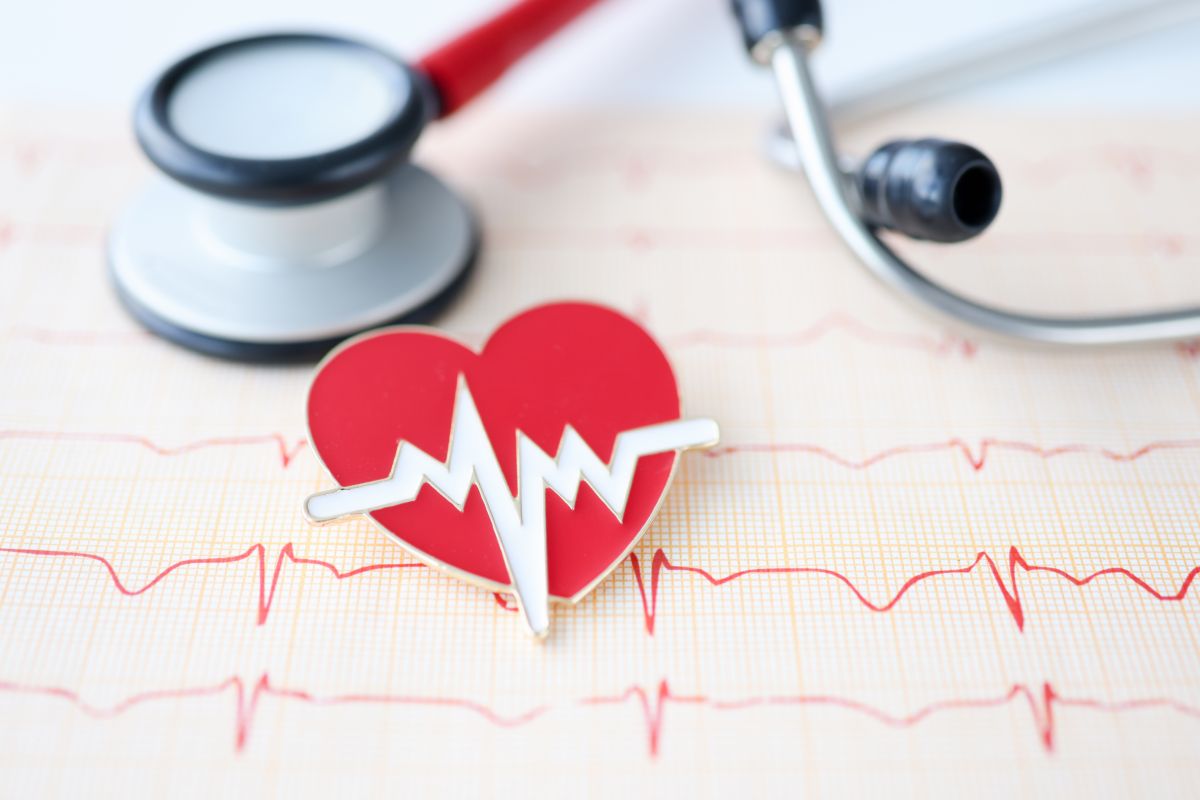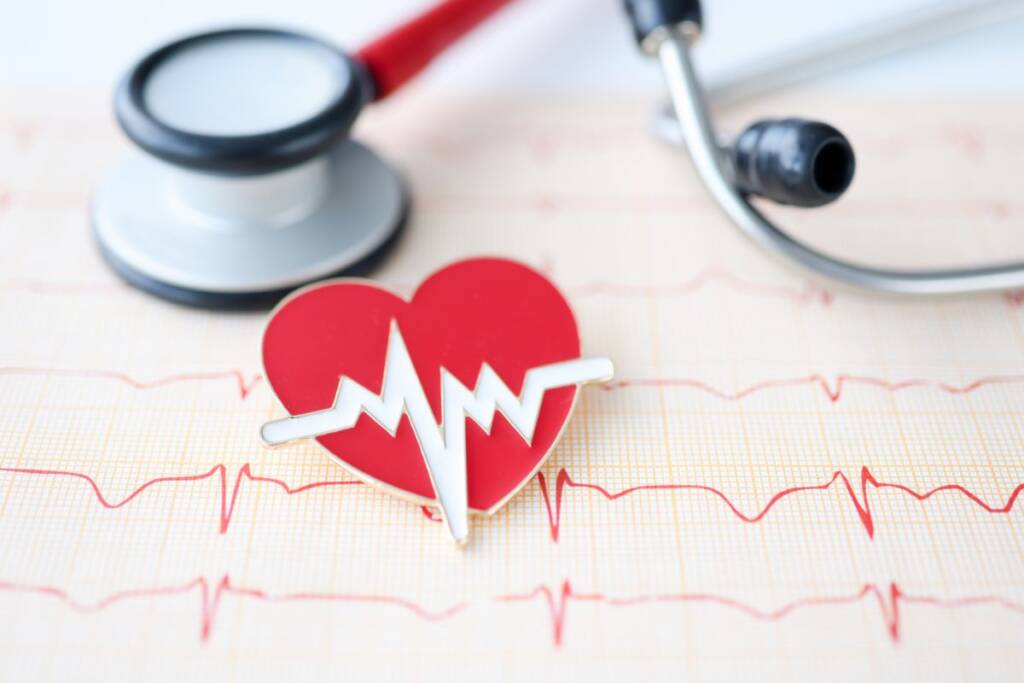Health
Tachycardia: how to recognize it and what to do when it occurs

The term tachycardia indicates an increase in heartbeat. In reality, however, it means much more. So let's find out everything there is to know about it.
We talk about tachycardia when we are faced with an increase in heart beats per minute and in a resting condition. This condition is usually due to a change in electrical impulses and can have several causes. It can also have different points of origin.
To better understand it, it is important to know the correct number of beats per minute and understand how to act in the event of variations which, in some cases, could prove to be dangerous.
Tachycardia: what it is and how to recognize it
As already mentioned, tachycardia occurs when at rest what are considered the normal pulsations per minute are exceeded which, in general, should not exceed 100 beats. These, in fact, to be considered regular should range from 60 to 100.
If often and willingly, a temporary variation can be due to stress, fever or other problems, when it occurs often and in particular cases it can be the sign of something wrong.

For this reason it is always very important to consult your doctor whenever you are faced with an excessive increase in pulse.
Going instead to the various forms of tachycardia, the most important to remember are:
– Sinus tachycardia
– Paroxysmal tachycardia
– Ventricular tachycardia
There are also other forms that are defined as atrial or ventricular fibrillation and atrial flutter. These forms are divided between the more common (such as sinus) and less risky and others which, however, are to be considered more dangerous.
Symptoms of tachycardia
If we talk about symptoms and therefore ways to recognize an ongoing tachycardia, these are different and not always able to indicate an increase in heart rate . In their presence, however, it can be really useful to check the pressure (and therefore the pulse) and check if there is an alteration. The symptoms to recognize are:
– Dizziness
– Difficulty breathing
– Fainting
– Palpitations
– Chest pain
These symptoms, in conjunction with an increased pulse are a clear indication of a problem that should be investigated with your doctor. Because if in most cases it is a solvable condition, it is always better to avoid encountering complications that can be avoided with the right treatments.
The causes behind tachycardia
Tachycardia can be caused by several reasons. These can be both physiological and pathological. In the first case, the most common causes are alcoholism, smoking, caffeine abuse and lack of rest. The second one talks about anemia, thyroid problems, hypertension and hypotension, heart disease and congenital malformations.
If for physiological causes it is enough to change the style of vision, for the others it is essential to consult the doctor and follow a treatment that helps bring the heart back to the right frequencies and eliminates the underlying problem. Treatments obviously vary according to the type of tachycardia and many other factors.
In some cases, drugs are not needed, in others they must be taken and in still others it may be necessary to undergo operations . Also in this case, obviously, the doctor will evaluate the most suitable path. In summary, therefore, in the case of rapid heartbeats it is always better to visit a doctor in order to immediately understand the causes and find the most suitable solution.
Riproduzione riservata © - WT











